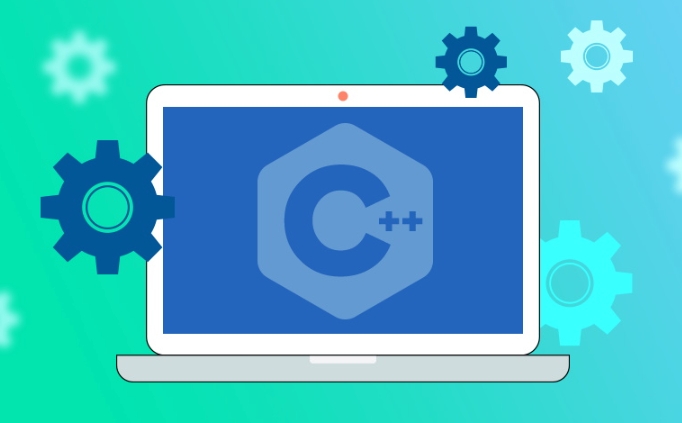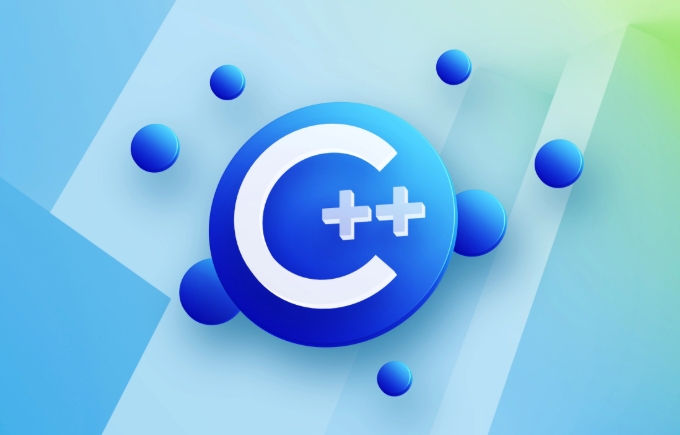C is used for building high-performance applications where control over system resources and efficiency are critical. It is widely adopted in game development, powering engines like Unreal and enabling fine-tuned performance for complex graphics and physics handling. It is also used in system and application software, including operating systems like Windows and macOS, as well as performance-sensitive tools like Adobe Photoshop. Additionally, C plays a key role in real-time simulations and high-frequency trading due to its low-latency execution and deterministic behavior. Furthermore, it underpins performance-centric libraries and frameworks such as TensorFlow and OpenGL, making it a foundational language across industries where speed and hardware-level control are essential.

C is used for building high-performance applications where control over system resources and efficiency are critical. It’s a statically-typed, compiled language that supports both object-oriented and low-level memory manipulation, making it ideal for systems/software development, game engines, real-time simulations, and performance-critical applications.

Game Development
One of the most well-known uses of C is in game development. Game engines like Unreal Engine are built using C , and many AAA games rely on it to manage complex graphics, physics, and input handling efficiently.

- It allows developers to fine-tune performance and manage memory manually.
- C integrates well with hardware-level systems, which is crucial for achieving smooth gameplay and high frame rates.
- Many game consoles also support development in C due to its performance characteristics.
If you're getting into game dev, learning C will give you access to powerful tools and deeper understanding of how games really work under the hood.
System and Application Software
C is widely used in developing system/software drivers, operating systems, and core components of applications. Windows, macOS, and Linux all have parts written in C . Similarly, major software like Adobe Photoshop and Illustrator use C for their performance-sensitive features.

- It gives developers direct access to hardware via pointers and memory management.
- Writing efficient code for resource-constrained environments becomes more manageable.
- It's commonly used in embedded systems and firmware development as well.
This makes C a go-to choice when you need speed and reliability from the ground up.
Real-Time Simulations and High-Frequency Trading
In industries where split-second decisions or accurate modeling matter—like finance or engineering—C plays a big role.
- High-frequency trading platforms use C to minimize latency and maximize throughput.
- Simulation software for physics, weather modeling, or flight training often relies on C for computational intensity and deterministic behavior.
Because it compiles to machine code and avoids runtime overhead, C ensures predictable and fast execution, which is essential in these domains.
Performance-Centric Tools and Libraries
Many libraries and frameworks that power other languages (like Python) are actually implemented in C underneath. For example:
- Machine learning libraries such as TensorFlow use C for their core computations.
- Graphics APIs like OpenGL and DirectX interface well with C .
- Audio/video processing tools often use C to handle heavy lifting behind the scenes.
This hidden use case shows how deeply integrated C is in the tech stack, even if you don’t always see it directly.
So while newer languages might be easier to pick up, C still holds strong where performance, control, and efficiency really matter. It’s not always the easiest tool, but when you need every ounce of power from your hardware, it’s hard to beat.
The above is the detailed content of What is C used for?. For more information, please follow other related articles on the PHP Chinese website!

Hot AI Tools

Undress AI Tool
Undress images for free

Undresser.AI Undress
AI-powered app for creating realistic nude photos

AI Clothes Remover
Online AI tool for removing clothes from photos.

Clothoff.io
AI clothes remover

Video Face Swap
Swap faces in any video effortlessly with our completely free AI face swap tool!

Hot Article

Hot Tools

Notepad++7.3.1
Easy-to-use and free code editor

SublimeText3 Chinese version
Chinese version, very easy to use

Zend Studio 13.0.1
Powerful PHP integrated development environment

Dreamweaver CS6
Visual web development tools

SublimeText3 Mac version
God-level code editing software (SublimeText3)
 How to develop AI-based text summary with PHP Quick Refining Technology
Jul 25, 2025 pm 05:57 PM
How to develop AI-based text summary with PHP Quick Refining Technology
Jul 25, 2025 pm 05:57 PM
The core of PHP's development of AI text summary is to call external AI service APIs (such as OpenAI, HuggingFace) as a coordinator to realize text preprocessing, API requests, response analysis and result display; 2. The limitation is that the computing performance is weak and the AI ecosystem is weak. The response strategy is to leverage APIs, service decoupling and asynchronous processing; 3. Model selection needs to weigh summary quality, cost, delay, concurrency, data privacy, and abstract models such as GPT or BART/T5 are recommended; 4. Performance optimization includes cache, asynchronous queues, batch processing and nearby area selection. Error processing needs to cover current limit retry, network timeout, key security, input verification and logging to ensure the stable and efficient operation of the system.
 C bit manipulation example
Jul 25, 2025 am 02:33 AM
C bit manipulation example
Jul 25, 2025 am 02:33 AM
Bit operation can efficiently implement the underlying operation of integers, 1. Check whether the i-th bit is 1: Use n&(1
 C function example
Jul 27, 2025 am 01:21 AM
C function example
Jul 27, 2025 am 01:21 AM
Functions are the basic unit of organizing code in C, used to realize code reuse and modularization; 1. Functions are created through declarations and definitions, such as intadd(inta,intb) returns the sum of the two numbers; 2. Pass parameters when calling the function, and return the result of the corresponding type after the function is executed; 3. The function without return value uses void as the return type, such as voidgreet(stringname) for outputting greeting information; 4. Using functions can improve code readability, avoid duplication and facilitate maintenance, which is the basic concept of C programming.
 C decltype example
Jul 27, 2025 am 01:32 AM
C decltype example
Jul 27, 2025 am 01:32 AM
decltype is a keyword used by C 11 to deduce expression types at compile time. The derivation results are accurate and do not perform type conversion. 1. decltype(expression) only analyzes types and does not calculate expressions; 2. Deduce the variable name decltype(x) as a declaration type, while decltype((x)) is deduced as x due to lvalue expression; 3. It is often used in templates to deduce the return value through tail-set return type auto-> decltype(t u); 4. Complex type declarations can be simplified in combination with auto, such as decltype(vec.begin())it=vec.begin(); 5. Avoid hard-coded classes in templates
 C fold expressions example
Jul 28, 2025 am 02:37 AM
C fold expressions example
Jul 28, 2025 am 02:37 AM
C folderexpressions is a feature introduced by C 17 to simplify recursive operations in variadic parameter templates. 1. Left fold (args...) sum from left to right, such as sum(1,2,3,4,5) returns 15; 2. Logical and (args&&...) determine whether all parameters are true, and empty packets return true; 3. Use (std::cout
 C binary search tree example
Jul 28, 2025 am 02:26 AM
C binary search tree example
Jul 28, 2025 am 02:26 AM
ABinarySearchTree(BST)isabinarytreewheretheleftsubtreecontainsonlynodeswithvalueslessthanthenode’svalue,therightsubtreecontainsonlynodeswithvaluesgreaterthanthenode’svalue,andbothsubtreesmustalsobeBSTs;1.TheC implementationincludesaTreeNodestructure
 C range-based for loop tutorial
Jul 27, 2025 am 12:49 AM
C range-based for loop tutorial
Jul 27, 2025 am 12:49 AM
C's range-basedfor loop improves code readability and reduces errors by simplifying syntax. Its basic structure is for(declaration:range), which is suitable for arrays and STL containers, such as traversing intarr[] or std::vectorvec. Using references (such as conststd::string&name) can avoid copy overhead and can modify element content. Notes include: 1. Do not modify the container structure in the loop; 2. Ensure that the range is effective and avoid the use of freed memory; 3. There is no built-in index and requires manual maintenance of the counter. Mastering these key points allows you to use this feature efficiently and safely.
 C call python script from C example
Jul 26, 2025 am 07:00 AM
C call python script from C example
Jul 26, 2025 am 07:00 AM
Calling Python scripts in C requires implementation through PythonCAPI. First, initialize the interpreter, then import the module and call the function, and finally clean up the resources; the specific steps are: 1. Initialize the Python interpreter with Py_Initialize(); 2. Load the Python script module with PyImport_Import(); 3. Obtain the objective function through PyObject_GetAttrString(); 4. Use PyObject_CallObject() to pass parameters to call the function; 5. Call Py_DECREF() and Py_Finalize() to release the resource and close the interpreter; in the example, hello is successfully called






